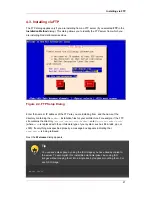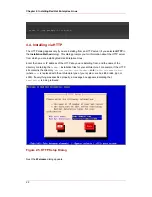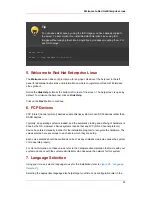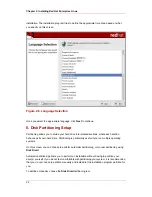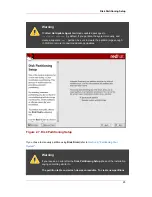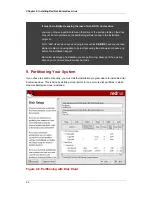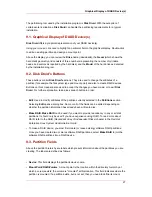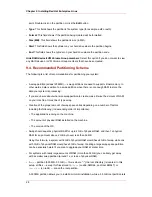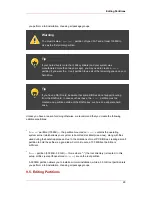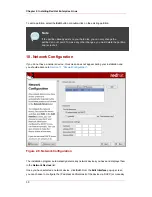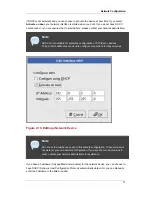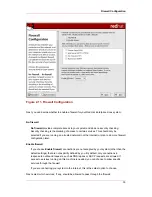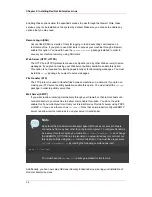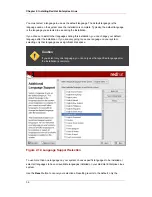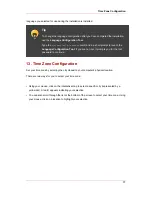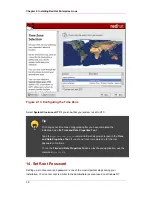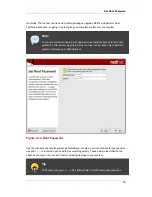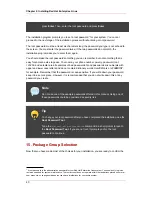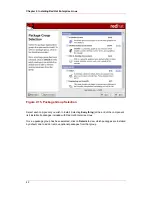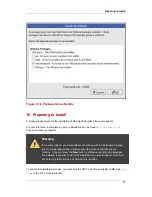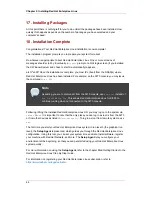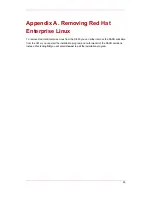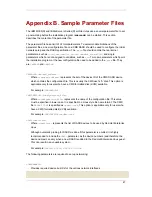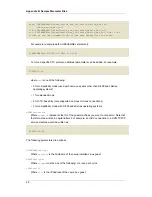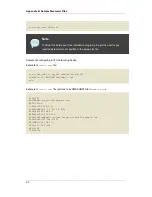
SELinux allows you to provide granular permissions for all subjects (users, programs, and
processes) and objects (files and devices). You can safely grant an application only the
permissions it needs to do its function.
The SELinux implementation in Red Hat Enterprise Linux is designed to improve the security of
various server daemons while minimizing the impact on the day-to-day operations of your
system.
Three states are available for you to choose from during the installation process:
• Disable — Select Disable if you do not want SELinux security controls enabled on this
system. The Disabled setting turns enforcing off and does not set up the machine for the use
of a security policy.
• Warn — Select Warn to be notified of any denials. The Warn state assigns labels to data and
programs, and logs them, but does not enforce any policies. The Warn state is a good
starting place for users who eventually want a fully active SELinux policy, but who first want to
see what effects the policy would have on their general system operation. Note that users
selecting the Warn state may notice some false positive and negative notifications.
• Active — Select Active if you want SELinux to act in a fully active state. The Active state
enforces all policies, such as denying access to unauthorized users for certain files and
programs, for additional system protection. Choose this state only if you are sure that your
system can still properly function with SELinux fully enabled.
For additional information about SELinux, refer to the following URLs:
•
http://www.redhat.com/docs/
•
http://www.nsa.gov/selinux/
Tip
To change your security configuration after you have completed the installation,
use the Security Level Configuration Tool.
Type the
system-config-securitylevel
command in a shell prompt to launch
the Security Level Configuration Tool. If you are not root, it prompts you for
the root password to continue.
12. Language Support Selection
You can install and support multiple languages for use on your system.
Language Support Selection
35
Summary of Contents for ENTERPRISE LINUX 3 - FOR IBM S-390 AND IBM ESERVER ZSERIES
Page 2: ...Red Hat Enterprise Linux 4 ...
Page 4: ...Red Hat Enterprise Linux 4 ...
Page 56: ...46 ...
Page 64: ...54 ...
Page 70: ...60 ...
Page 104: ...94 ...
Page 108: ...98 ...

